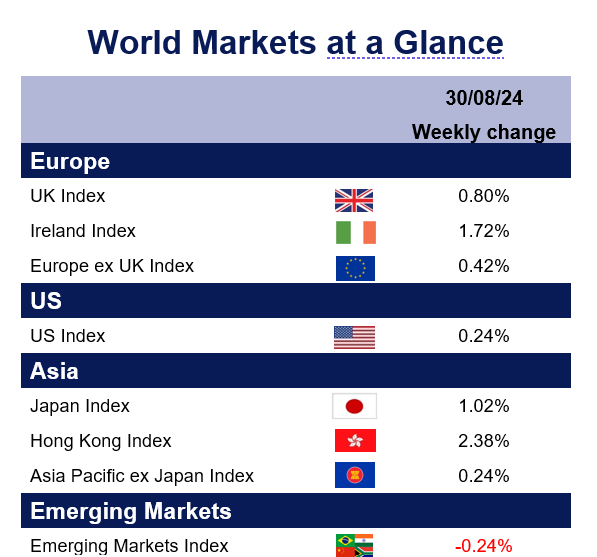August has taken markets on a wild ride, particularly in the US and Japan during the first couple of weeks. When the Federal Reserve decided against cutting interest rates at the end of July, investors worried that the window for lower rates had closed, especially given the unexpectedly cool labour market report. This uncertainty was further amplified by the unwinding of a Japan-focused carry trade, where investors borrow yen to invest in higher-yielding assets.
However, it’s crucial to remember that market volatility is often short-lived, and this month has proven just that. Markets have steadily rebounded, closing August broadly in line with or even above where they started. Whilst these brief episodes of volatility also represent key buying opportunities for long term investors, they also highlight the importance of diversification and active investment management.
This week, all eyes were on semiconductor giant Nvidia’s earnings, which were closely watched as a key indicator of the AI-driven tech boom’s health. Despite Nvidia delivering impressive results that exceeded both revenue and profit forecasts, the smaller-than-expected earnings beat, relative to recent high standards, led to a 6% drop in its stock price. This decline had broader market implications, leaving the S&P 500 unchanged and pushing the tech-heavy Nasdaq down by 0.2%. The market’s reaction underscores how investors can become more critical after significant gains, even when the underlying results remain strong.



